In the twenty-first century, the advent of AI-generated imagery has turned sci-fi fantasy into reality. To a growing contingent of the population, synthetic people are more desirable than real ones. Today’s standards of aesthetics and behavior are not just unrealistic, they are quite literally inhuman.
How did we get here? Let’s take a trip down memory lane.
Idealized Beauty
Artificial representations of physical beauty are among the oldest forms of art. The rotund Venus of Willendorf dates to approximately 30,000 BCE, and much of classical art focused on the heroically-proportioned human form.
In the modern era, the advent of commercial art saw popular artists like Gil Elvgren painting unrealistically-proportioned “pinup girls” for posters and advertisements. Like the more serious artists of yesteryear, these depictions were clearly intended as idealized fantasies, rather than normative guidelines.
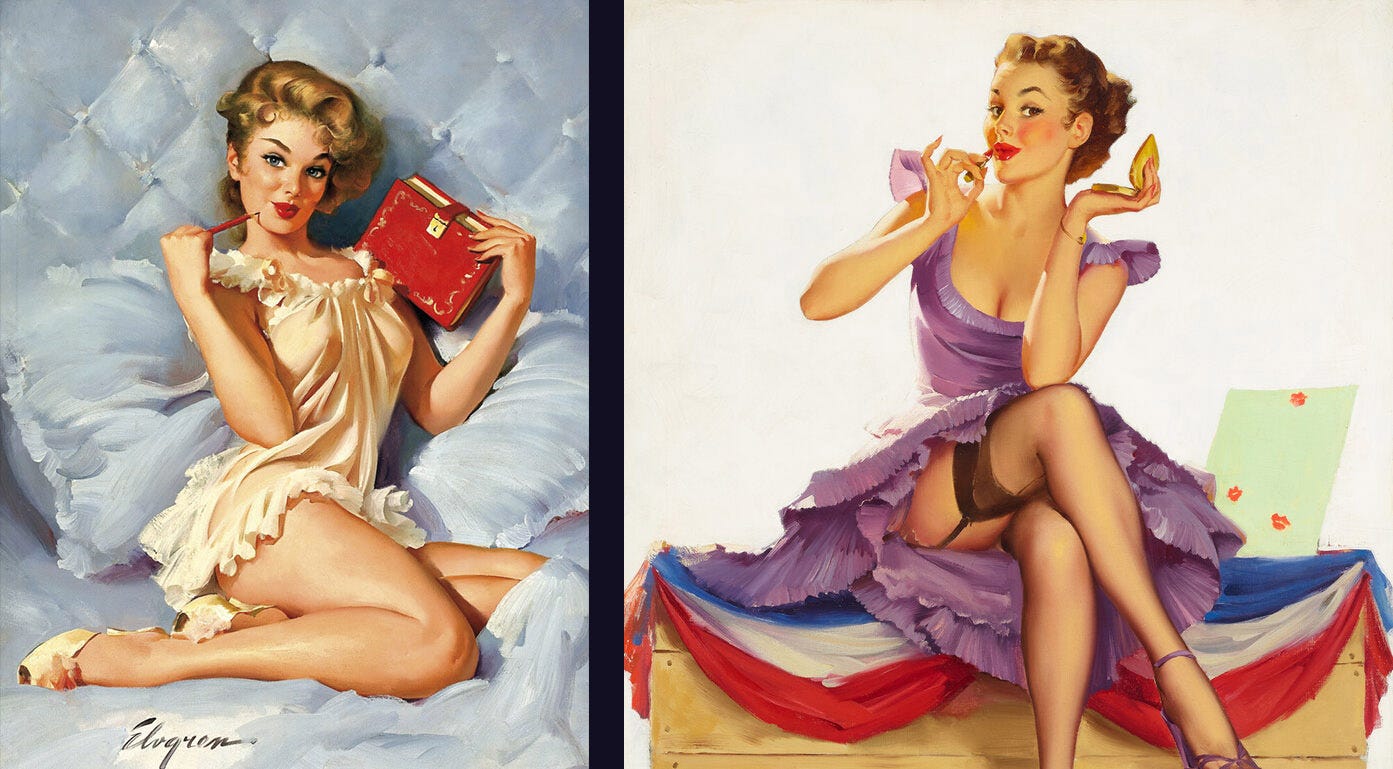
While saucy mid-century illustrations were not perceived as much of a problem, their flesh-and-blood counterparts were. During the Golden Age of Hollywood, women wondered how they could measure up to the beauty standards set by movie stars. Perfectly-coiffed, expertly-lit, and often-airbrushed publicity photos of Marilyn Monroe, Betty Grable, Anita Ekberg and other “bombshells” portrayed a level of physical perfection far beyond what was attainable by the average woman.
While the role of cosmetics was fairly obvious in those early images, starting in the 1990s, consternation grew about the way computer software was being used to invisibly enhance photos in catalogs and magazines. Critics argued that this “Photoshopping” was distorting the public’s perception of reality by setting standards that were not just difficult, but physically impossible to attain.
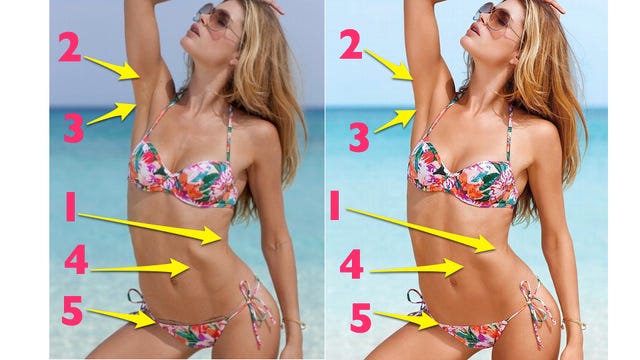
Through the 1970s, men were largely immune to this phenomenon, as most mainstream actors had reasonably normal physiques. But, with the advent of anabolic steroids and scientific methods of bodybuilding, the heavily-muscled stars of the 1980s and 1990s started to make the average man feel a bit inadequate too.
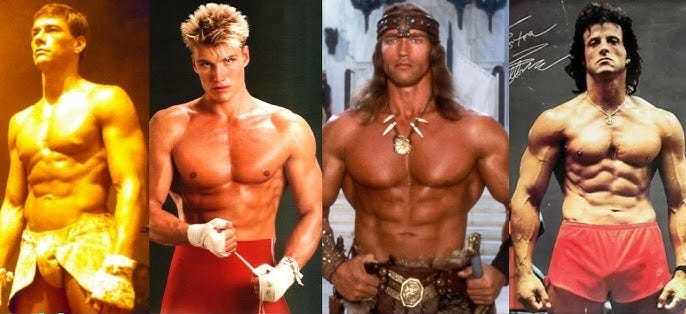
The impact of all this has been clearly shown by research: most people feel bad about their bodies, and those bad feelings are starting at younger ages.
But, guess what … It’s about to get a whole lot worse.
The Rise of the Inhuman
Today, AI-generated media is changing everything. By creating photos and videos that are virtually indestinguishable from reality, AI “art” is promoting aesthetic standards that are literally inhuman.

Incidentally, the appeal of synthetic humans is not limited to their appearance. What was, in the days of The Stepford Wives and My Living Doll, pure fantasy is becoming increasingly real. A growing number of movies and TV shows, such as Humans, Westworld, Subservience, and the aptly-named Better Than Us, depict robots as preferable to people. While, for now, the androids in these films are portrayed by living actors, it’s only a matter of time before they are either played by real robots or by computer-generated characters.
Disturbingly, the result of this fetishization of machinery is a growing revulsion towards real people. Actresses like Margot Robbie and Sydney Sweeney, who hew as close as possible to idealized beauty standards, are targeted by relentless insults and mockery whenever they are revealed as being, in a word, human.
While many commentators have attributed this criticism to institutionalized hatred of women or other issues with the male psyche, the antipathy has not come exclusively from men. Instead, it appears to be further evidence of a societal trend toward technology-fueled self-loathing.
Embracing Imperfection
Just as no human grandmaster can beat the newest chess software, no human body can measure up to the flawless perfection of synthetic imagery. But that doesn’t mean that the situation is hopeless. No, we can’t beat machines at their own game. But we don’t have to. We can flip the gameboard instead.
Think of the way a piece of handmade pottery compares to a factory-produced coffee mug. The manufactured product might be perfectly smooth, evenly-glazed, and free of blemishes. But it is also sterile and devoid of any spark of individuality or authenticity. Although the handmade vessel might not be as “perfect,” to most people it would be more beautiful, interesting, and enjoyable to use than the machine-made one. In Japanese culture, this concept is referred to as wabi-sabi. As natural beings, we are instinctively attracted to things that reflect the impermanence and imperfection inherent to nature.
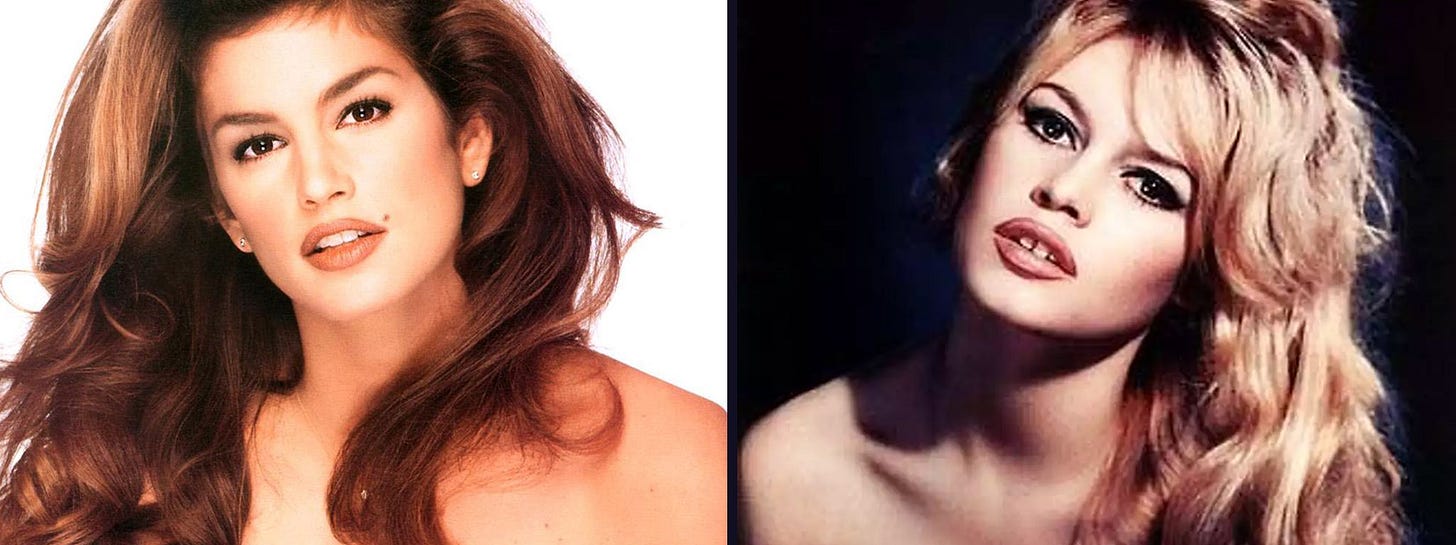
Historically, this sentiment has extended to our sense of the human form as well. Marilyn Monroe, Cindy Crawford, Eva Mendes and other celebrities displayed small moles on their faces that were commonly referred to as “beauty marks.” Brigitte Bardot had a prominent gap between her front teeth, as do Lauren Hutton and Madonna. These imperfections have generally been regarded as aesthetic elements that enhance appeal, not blemishes that detract from it. It is only recently that any deviation from synthetic perfection has been deemed loathsome.
Because this machine-driven distortion of our natural aesthetics is relatively new, we still have a chance to reverse it. To counteract the seductive artifice of the digital realm, we need to embrace the philosophy of wabi-sabi, finding beauty in imperfection. Of course, this can’t just be for supermodels and celebrities, but in ourselves, our loved ones, and the people we encounter every day.
Most of us will never look like Anita Ekberg or Jean-Claude Van Damme. Indeed, even they only looked their best for a few years in their prime. But that’s the way it works for living things. It isn’t something to mourn, it’s something to celebrate. We don’t have to look perfect to be beautiful. Left to ourselves, we instinctively find the beauty in each other. It is only under the corrupting influence of machines and mass media that our standards become distorted.
In comparison to computer-generated fantasies, our real-life wrinkles, folds, bulges and stray hairs can seem unlovely or even revolting. But when viewed as part and parcel of what makes us unique, natural beings, they can be perceived differently: not as flaws, but as proof that we are made not of pixels or plastic but of flesh and blood, each of us beautiful in our own, imperfect, impermanent, and irreplaceable way.



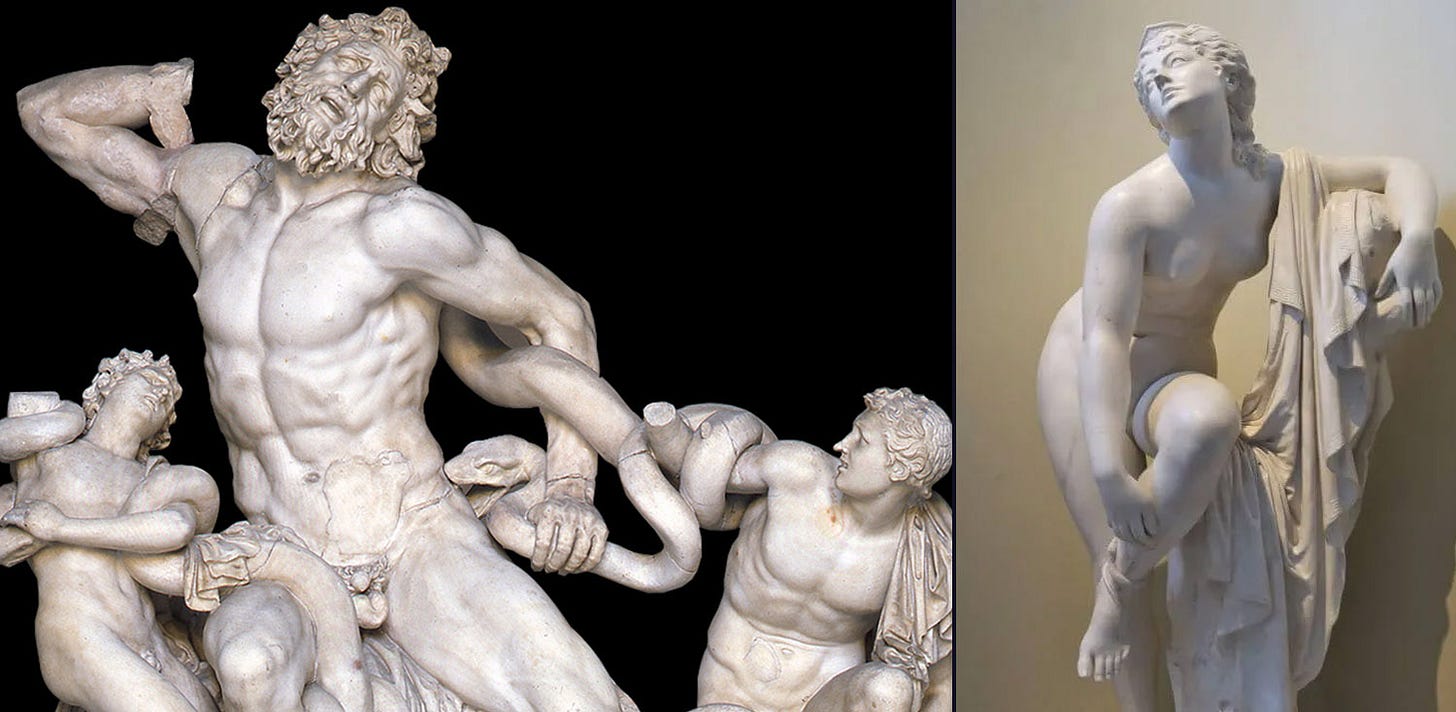
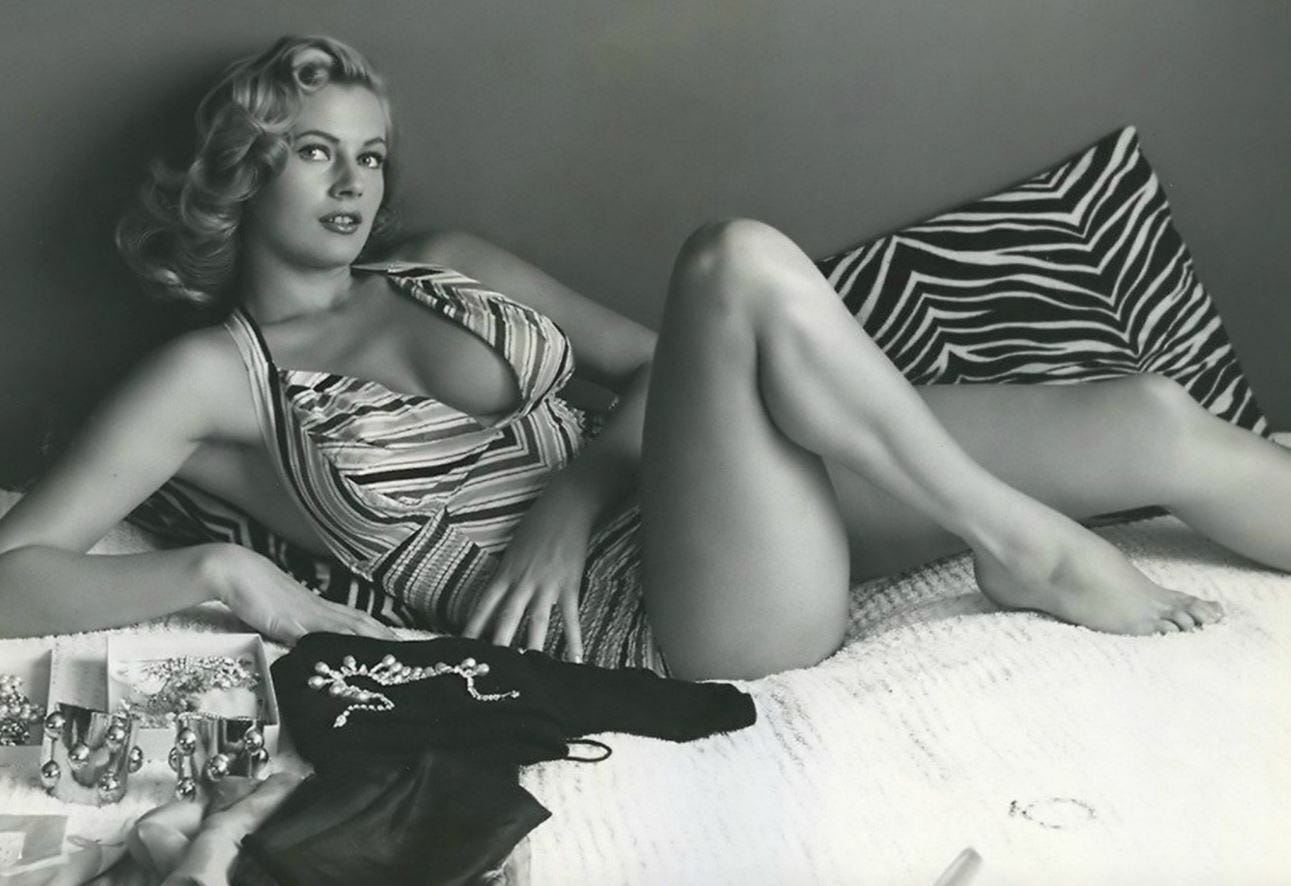
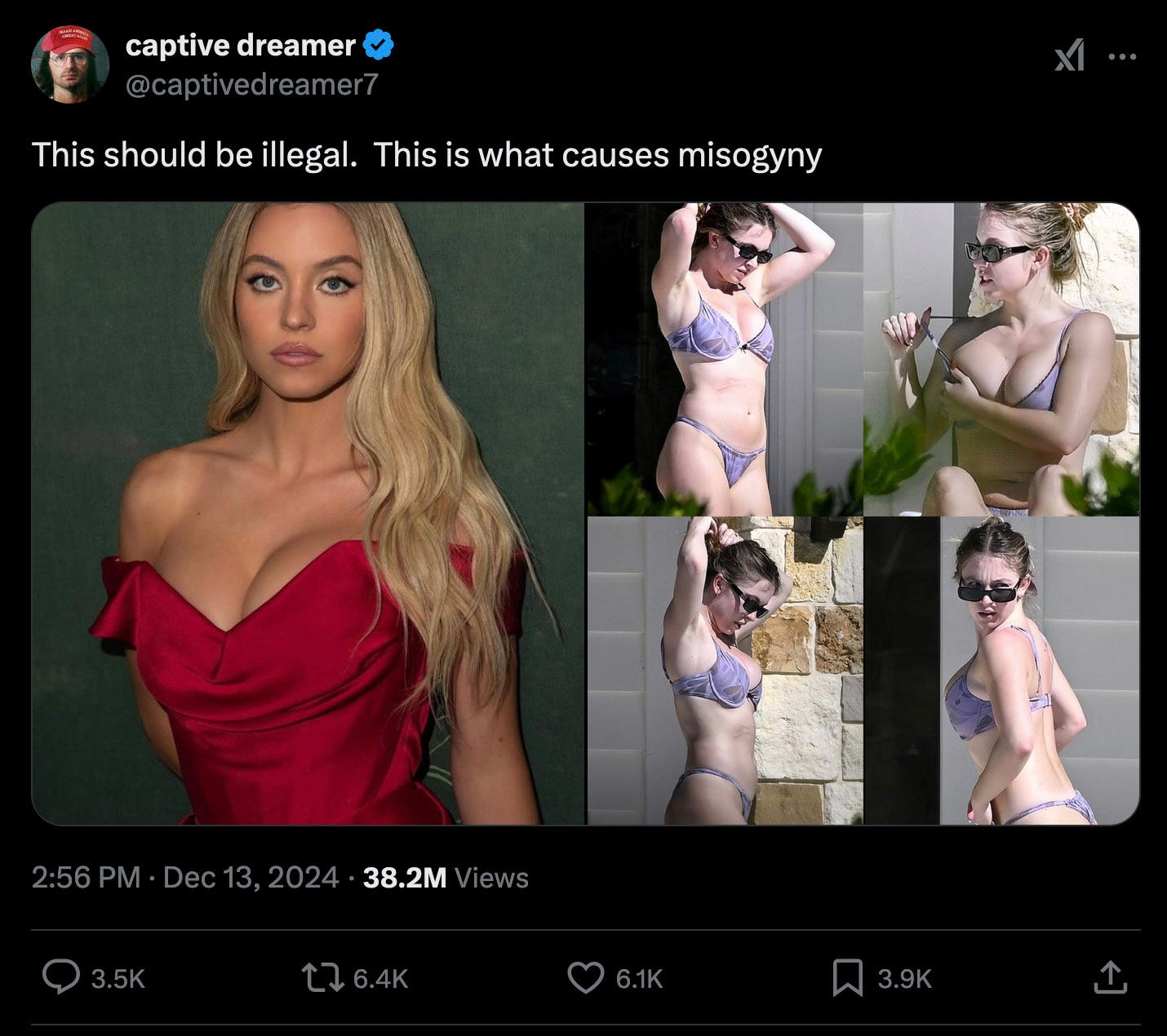
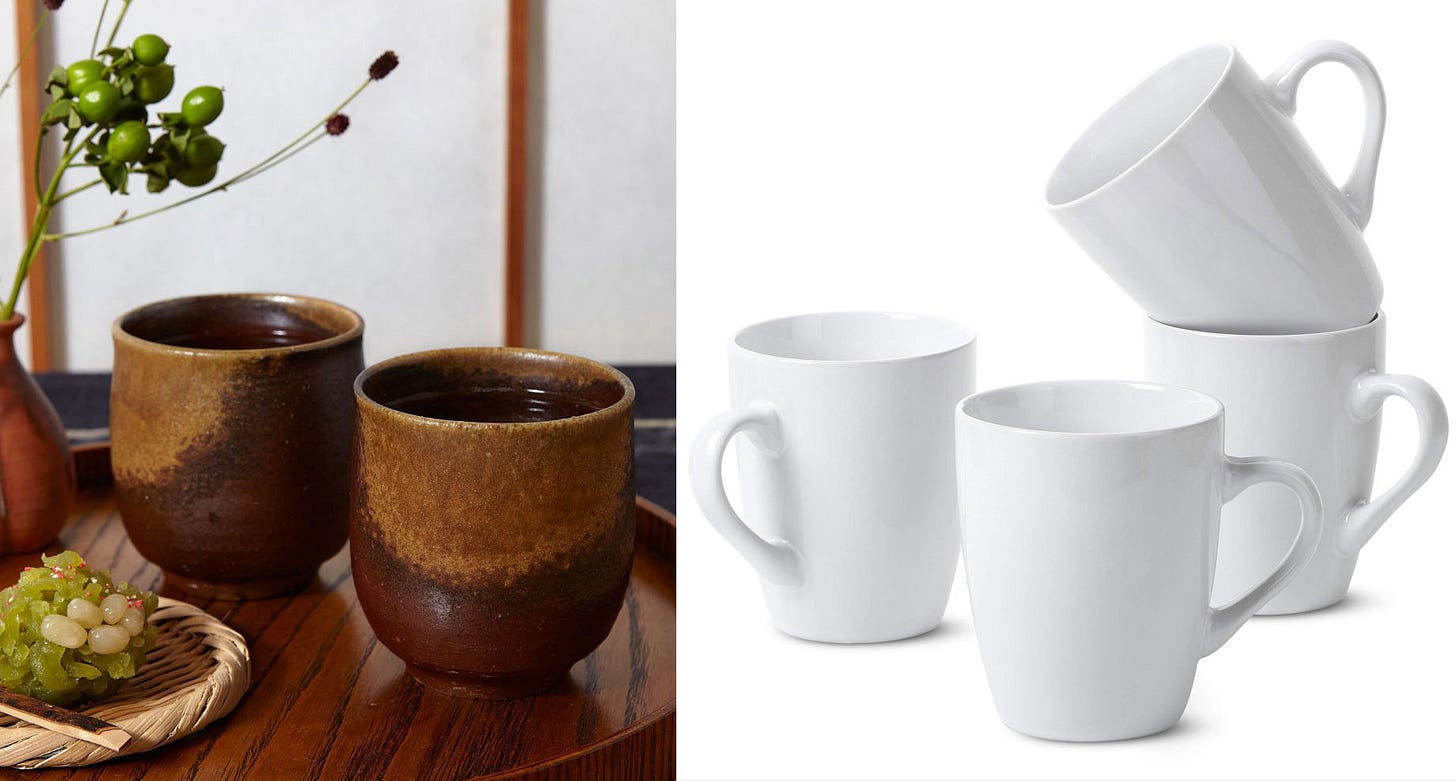
we are under such a powerful spell. now technocracy has taken the place of religion to convince the beautifully perfectly designed human that she/he is FLAWED and their filter/altar will save your ugly ass. but our species has been assaulted and fragmented for so long it takes a strong family container with potent adult loving hearts to grow a self loving sturdy child.
Amazing what the most coddled and over promoted / protected class of people resort to as proof they're "oppressed" and can continue to satiate their ongoing need for righteous indignation.